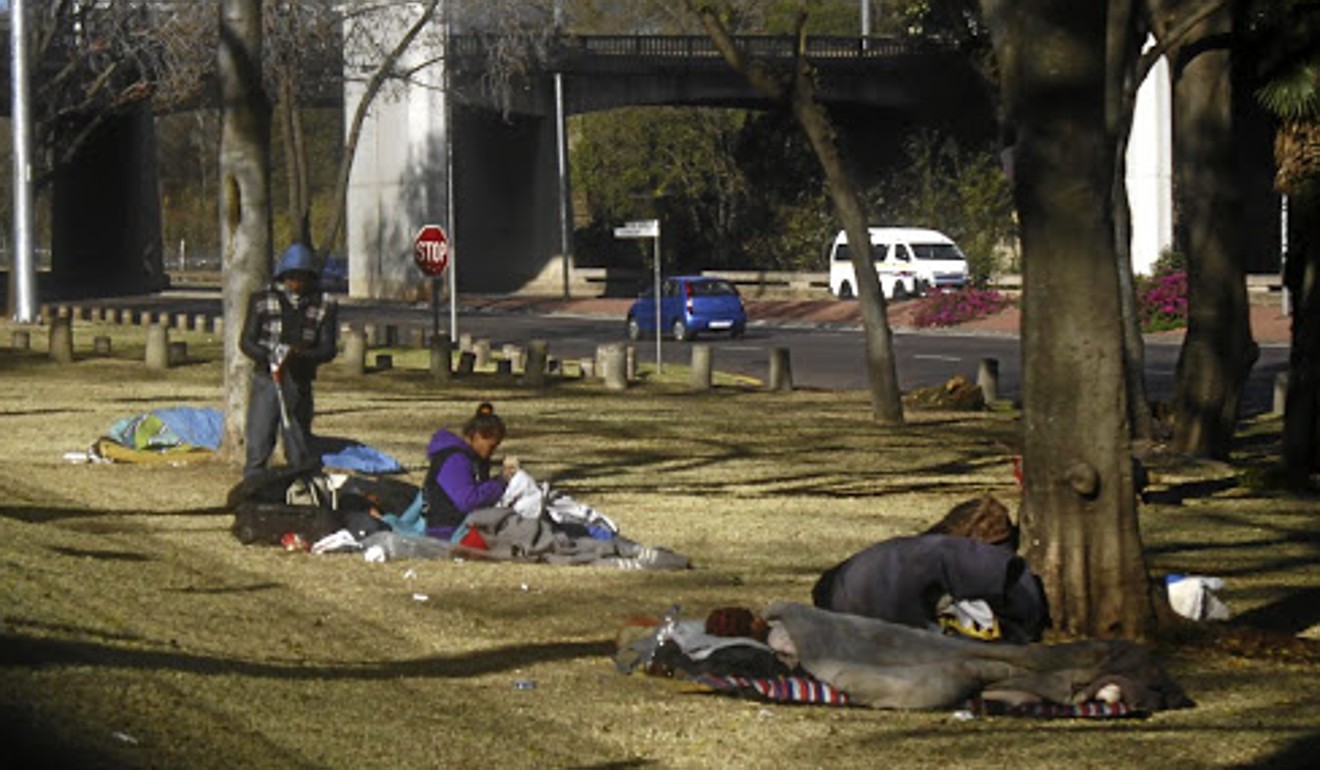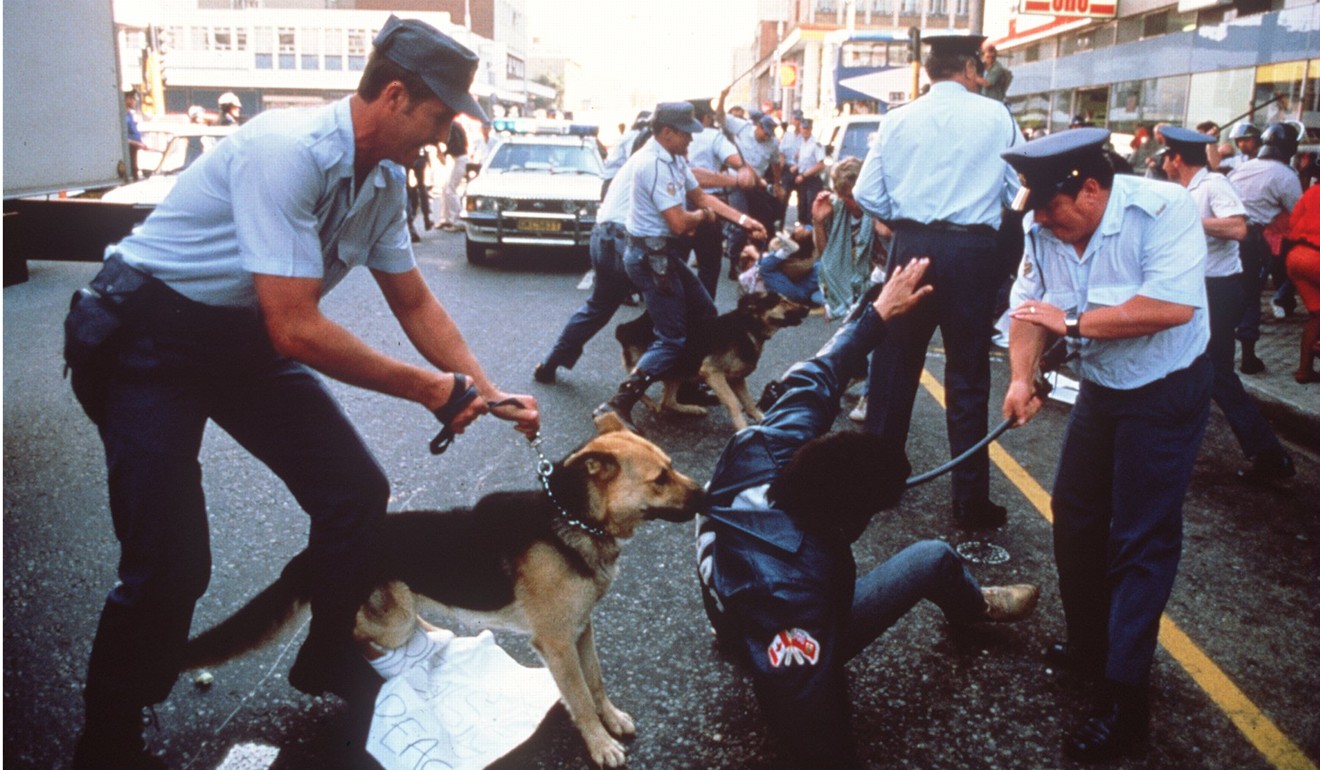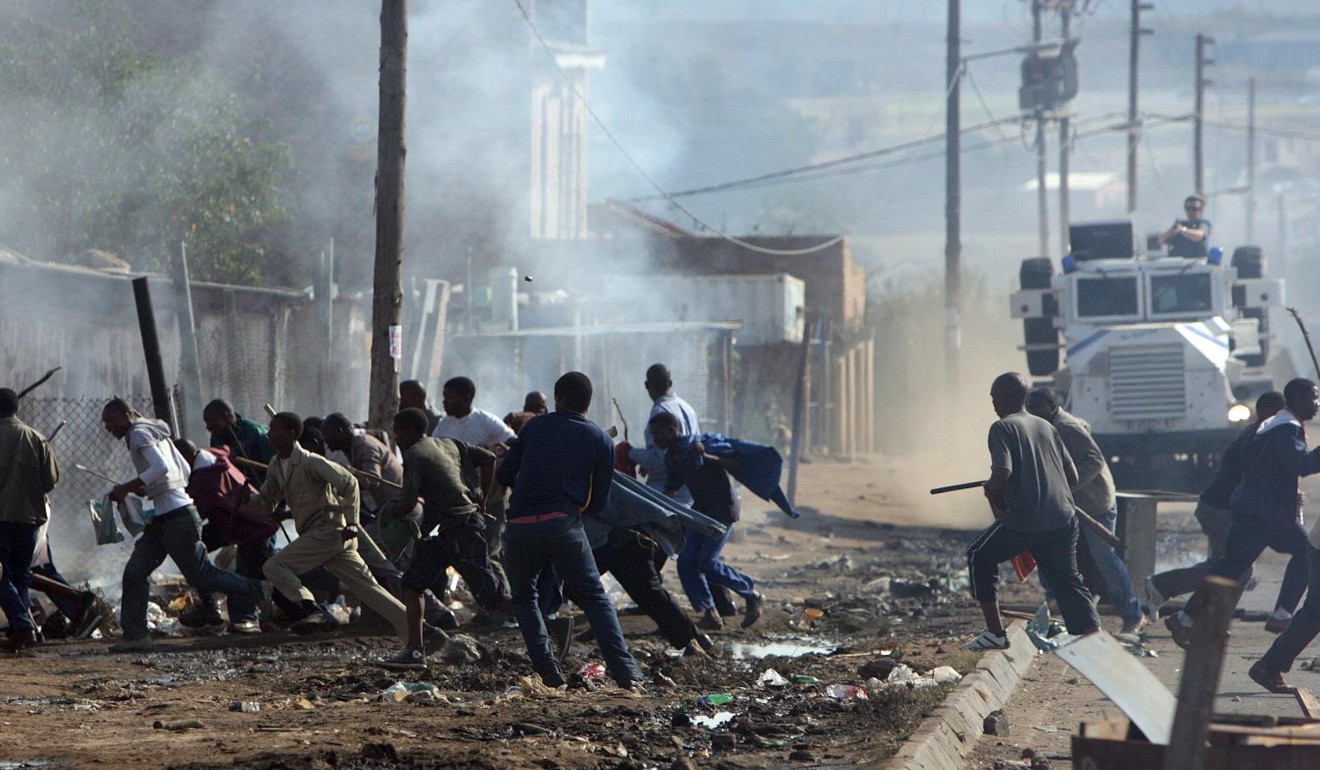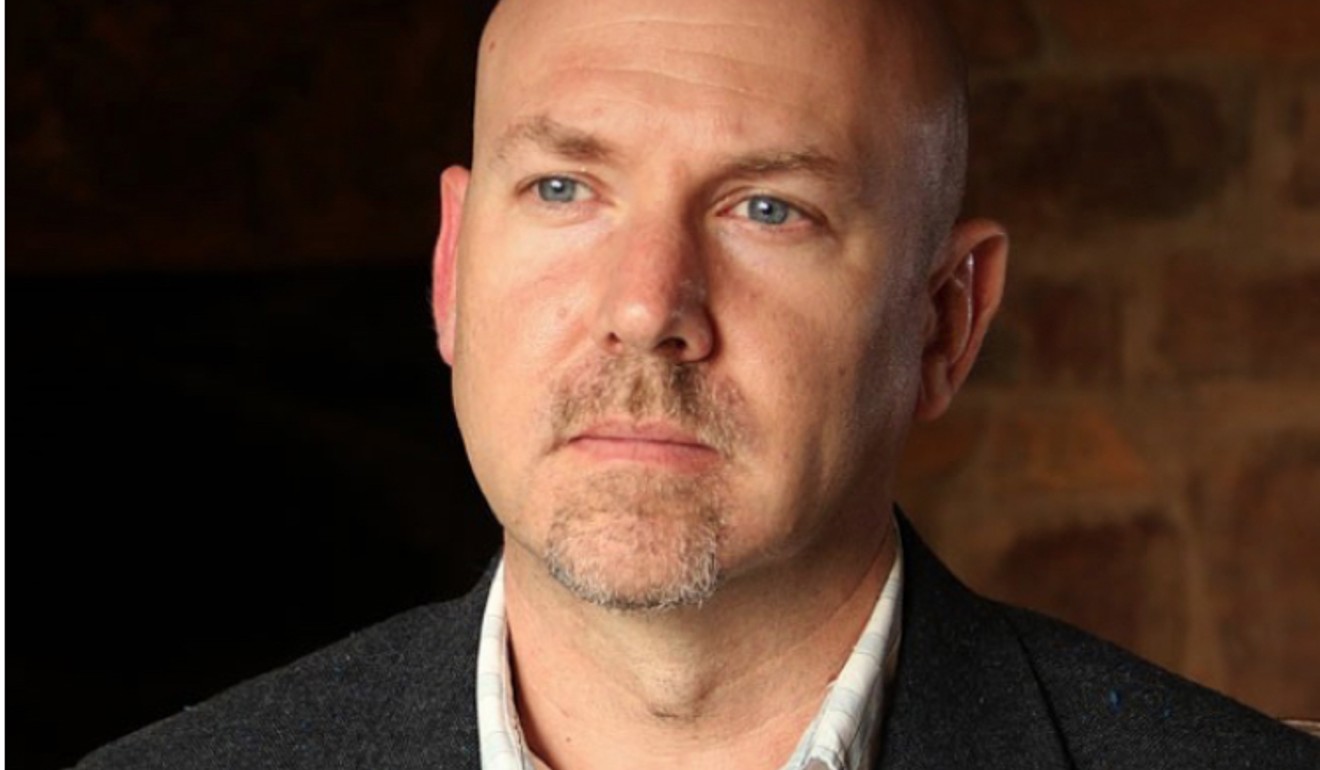
Fears of serial killer stalking street sleepers put spotlight on South Africa’s violent history
- Five homeless men dead in a month, suggesting society’s most vulnerable are being hunted and killed in a spree experts link to colonialism and apartheid

Some call him “the ghost”, others “night crawler” or “night prowler”, according to media reports in South Africa.
Police in Pretoria seem reluctant to call him anything or even admit they may be dealing with the country’s latest serial killer.
Five homeless men have been founded stabbed and bludgeoned to death in the capital since the start of June. All had knife wounds in the upper body and were hit on the head with a blunt instrument – possibly a hammer.
Four of the murders were in Magnolia Dell, a park in the leafy and normally quiet suburb of Muckleneuk. The fifth was near the University of South Africa campus, closer to the city centre.

The victims were middle-aged to elderly and targeted at night.
Despite the similar circumstances, police have refused to label the deaths the work of a serial killer, but at the same time, they have not ruled it out.
Privately, they worry there is a human predator on the loose.
In the United States, the FBI defines a serial killer as someone who murders at least three people. Between killings, they usually have a “cooling off period”, and it can be weeks, months or even years before they strike again.
With about 6,000 people living on streets and in parks in Pretoria, police are concerned they cannot protect them all against possible attacks, so have asked them to sleep in groups.
According to local news organisations, a number of homeless men claim they were targeted by the unknown attacker, who they said was wearing a balaclava and managed to escape. But their accounts have not been substantiated.
A police spokesman would not say whether the killings were the work of a serial murderer or something else, only that the motive and identities of the dead “remain subject to an investigation”.

South Africa has a history of violent crime – and one of the world’s highest murder rates – and has produced a hugely disproportionate number of serial killers.
Between 1950 and October 2014, there were 160 recorded serial killers.
Overall, the murder rate in the apartheid-era police state increased rapidly in the late-1980s and early-1990s.
Sociologists and criminologists blame the rise on the violent colonial period and dehumanising government system of race-based discrimination that came with it.
It “cannot be ignored as a major contributing factor to what we see today”, said Kathy Egan of the Pretoria-based Institute for Security Studies.
Entrenched ethnic, racial and political tensions boiled over into general rebellion in black townships, as well as conflict between rival tribal and political groups in Johannesburg, Cape Town and the Zulu homeland of KwaZulu-Natal.
In the mid- to late-1990s, South Africa had the world’s highest murder rate for a country not at war – about nine times that of the US.
Between 1994 and 2009, political killings declined and the murder rate halved from 67 to 34 per 100,000. But since 2009, violence and murders have again risen, still plaguing the country 25 years after the dawn of democracy and theoretical end of the struggle to overthrow apartheid.
“South Africa has a high rate of serial killings – and violence of all kinds – because violence has become normalised,” said Egan. “South Africans have learned through their history to resort to violence in the face of frustration, challenge or interpersonal conflict. Many children are exposed from an early age to domestic violence, either spousal abuse or child abuse.”

Police minister Bheki Cele warned last year that the surge in murders means South Africa is practically “a war zone”.
According to police data, there were 20,336 murders between April 2017 and March 2018 – a 7 per cent increase in the same period the year before, and accounting for an average of about 56 murders a day, or 36 per 100,000 people.
The figure was only slightly less than Somalia, where there 5,500 conflict-related deaths in 2017 – or 38.4 per 100,000. In the same period, Afghanistan recorded 14,000 deaths, which translates to 40.4 per 100,000.
But it’s not the whole of South Africa that’s being affected – 20 per cent of all murders were reported by just 30 police stations out of 1,144.
Part of the problem appears to be that police protection still favours wealthier – and usually whiter – areas.
This is also true for serial killers, with impoverished communities being the hunting grounds for most of the serial murderers over the last 30 years.
Cape Town is the murder capital of the country, with 62.25 per 100,000 people in 2017. Killings are concentrated in densely-populated informal settlements and former “black” suburbs of the city.
But what sets apart serial murderers from common killers is they rarely fit in any predefined slot.

“They can come from good homes or bad ones – millions of people come from poor backgrounds but relatively few become killers, even fewer serial killers,” said psychologist, criminologist and serial killer hunter Gerard Labuschagne.
The former head of South Africa’s Police Service’s Investigative Psychology Section said the high number of serial killers is directly linked to the murder rate, and both are the results of sociological and psychological factors.
“More than 99.9 per cent of the time, they are not killing anyone – even the prolific killers – and are doing what you and I do,” said Labuschagne.
“Because they are all so different, there is no real way to predict them or to stop them before they begin. The best that can be done is to catch them as soon after they start killing as possible.”
Labuschagne would not speculate whether a serial killer was behind the Pretoria killings, though he agreed the circumstances appeared consistent.
“These cases can be very difficult,” he said. “In one instance in the 1990s, Nelson Mandela had to come forward and make a personal appeal to the public to help catch one [killer].
“None of the victims in this case seem to have done anything to their attacker, there were no fights and they were all assaulted in their sleep. It’s safe to say their attacker is an angry man.”